Dress instructions | Section 2 Rank insignia and appointment badges
- SECTION 2 RANK INSIGNIA AND APPOINTMENT BADGES (3-2-1)
- THE COMMANDER-IN-CHIEF (3-2-1)
- OFFICERS’ RANK INSIGNIA (3-2-1)
- OFFICERS’ CAP/HAT EMBELLISHMENTS (3-2-1)
- NAVY OFFICERS’ RANK INSIGNIA (3-2-2)
- ARMY OFFICERS’ RANK INSIGNIA (3-2-3)
- AIR FORCE OFFICER’S RANK INSIGNIA (3-2-3)
- NON-COMMISSIONED MEMBERS’ RANK AND APPOINTMENT INSIGNIA (3-2-3)
THE COMMANDER-IN-CHIEF
- The Governor General of Canada holds the appointment of Commander-in-C hief of Canada. In this capacity, the Governor General wears:
- a flag/general officer uniform of any of the three environments, as appropriate or desirable;
- a flag/general officer cap/hat badge; and
- the following appointment insignia (see Figure 3-2-5):
- special flag/general officer sleeve braid, embellished with the Governor General’s badge (the crest of the Arms of Canada); and
- a large, embroidered Governor General’s badge on the shoulder straps or boards, the badges to face forward (see, for comparison, the smaller metal badge used by the Governor General’s Aides-de- Camp, Section 7, paragraph 15.).
OFFICERS’ RANK INSIGNIA
- Officers’ rank insignia are illustrated in Figure 3-2-1 to 3-2-5, and their wear is detailed in Annex A.
- Insignia design and colour will vary by Environment. It shall be embroidered or braid with the exception of the Canadian Army Stars and Crowns which may be of the pin type. On operational clothing rank will be embroidered in the applicable high visibility colour, white, subdued Navy black or Air Force blue.
- Superseded rank insignia patterns and materials are authorized for restricted wear with: Army full dress (optional No. 1B) and Army Reserve patrol dress (optional Nos. 1C and 1D). See Chapter 6.
OFFICERS’ CAP/HAT EMBELLISHMENTS
(See Figure 3-2-1, and 3-2-3)
- Service Cap (Male). The service cap is embellished on the peak with:
- flag/general officers – two rows of gold oak-leaf;
- senior officers – one row of gold oak-leaf;
- junior officers – one row of plain gold wire; and
- officer/naval cadets – no embellishment on a plain peak.
- Service Hat (Female). The service hat is embellished with:
- flag/general officers – a sprig of gold oak leaves sewn to each side of the service hat immediately above the brim, with the tips of the longer, lower branches meeting at the front of the hat, on a vertical line with the centre of the cap badge;
- senior officers – gold nylon braid 2 cm wide, centred on the hat ribbon;
- junior officers – gold nylon braid 0.6 cm wide, centred on the hat ribbon; and
- officer/naval cadets – no embellishment on a plain hat ribbon.
- Wedge Cap. The air force general officer’s wedge cap is embellished with pearl- grey piping.
- Sikh Turban. Rank embellishment shall be sewn centred on turban ribbons, when worn, as follows:
- flag/general officers – to be promulgated;
- senior officers – gold nylon braid 2 cm wide;
- junior officers – gold nylon braid 0.6 cm wide; and
- officer/naval cadets – no embellishment.
NAVY OFFICERS’ RANK INSIGNIA
- Navy officers’ rank insignia are illustrated in Figure 3-2-3, and their wear is detailed in Annex A.
- Rank lace shall be gold, in straight rows, surmounted by a circle (executive curl).
- Lace widths shall be 4.5 cm, 1.5 cm, and 0.6 cm as illustrated.
- The circle shall be 5 cm in diameter for flag officers of the rank of rear- admiral and above, and 4.5 cm in diameter for all other officers. The circle shall be formed by looping the upper rank lace to curve forward and upward on each sleeve, except for commodores. Circle lace for commodores shall be positioned so that the lower edge of the circle merely touches the upper edge of the 4.5 cm lace.
- The spacing between rows shall be 0.6 cm.
- Sleeve Lace Position. The distance from the bottom of the sleeve to the bottom of the lowest row of lace shall be:
- Admiral – 3 cm;
- Vice-Admiral – 4 cm;
- Rear-Admiral – 4.5 cm;
- Commodore – 5 cm;
- Captain – 5 cm;
- Commander – 6 cm;
- Lieutenant-Commander – 6 cm;
- Lieutenant – 7 cm;
- Sub-Lieutenant and Acting Sub-Lieutenant – 9 cm; and
- Naval Cadet – 5 cm.
- Shoulder Board Design
- Shoulder-boards shall be 13.5 cm long, 5.5 cm wide, made of a firm, resilient waterproof foundation covered by navy blue doeskin. Shoulder- boards for flag officers shall be covered in turn with 5 cm wide gold lace. A strap is secured to the underside of the shoulder-board, sewn at the outer end and secured to a 26-ligne button with a screw fitting at the inner end. The strap shall pass through two loops sewn to the shoulders of the jacket, thereby securing the shoulder-board in place.
- Rank insignia shall be displayed on shoulder-boards as follows:
- Flag officers – standard CAF rank insignia is worn with the swords pointing rearward.;
- Other officers – as illustrated in Figure 3-2-3.
- The distance from the base of the shoulder-board to the first row of lace is 0.6 cm for all.
- Lace and Distinction Cloth Requirements. Distinction cloth shall be worn by officers of the Royal Canadian Medical Service as noted in Annex D. Average quantities are shown in Figure 3-2-4.
ARMY OFFICERS’ RANK INSIGNIA
- Army officers’ rank insignia are illustrated in Figure 3-2-1 and Figure 3-2-2 and their wear is detailed in Annex A.
- Army officers’ rank will consist of a combination of two devices in numbers and order as outlined in Annex A. Sizes outlined below are for the metal pinned rank only;
- star: 2.3cm x 2.3cm;
- crown: St Edward’s crown with a red felt backing inside the crown.
2.5cm high,
- General officers’ rank will consist of a combination of St. Edward’s crown, scimitar, baton and maple leaf(s).
- Army officers’ rank insignia will be pinned metal on service dress jackets with no distinctive backing and centred on the epaulet;
- on service dress shirts and outer garments, the Army officers’ rank insignia will be embroidered with individual corps and branch colours as backing, device size will be adjusted for a balanced image;
- rank insignia will be centred on the epaulet with the lowest device 0.3 cm from the unit identifier or seam and a maximum of 0.2 cm between devices (See Fig 3-2-1).
- rank insignia will be sewn-on embroidered for order of dress No. 2 and metal pinned rank order of dress No. 2A.(less General Officer’s see Annex A.)
- General officers and Colonels will wear long gorget patches sewn onto the collar of the service dress jacket while in No. 1, No.1A and No.3 order of dress. Short gorget patches will be clipped onto the shirt collar while in No. 3B order of dress. Honourary appointments are to wear the unit or corps identifier on the collar in lieu of gorget patches.
- Army General Officers. Nylon Sleeve Braid 4.4cm on service dress jacket.
- Army officers’ rank will consist of a combination of two devices in numbers and order as outlined in Annex A. Sizes outlined below are for the metal pinned rank only;
AIR FORCE OFFICER’S RANK INSIGNIA
- Air Force officers’ rank are illustrated in Figure 3-2-5 and their wear is detailed in Annex A. General Officers will wear traditional rank braid, with black edging on sleeves of the service dress jacket in addition to former CAF rank insignia on shoulder straps.
- Rank braid shall be pearl-grey with black edging except on No. 1B, 2 and 2A orders of dress where it shall be gold wire braid.
- There are three braid widths: broad at 5cm, standard at 1.5cm and narrow at 0.6cm (as illustrated in figure 3-2-5)
- The spacing between rows shall be 0.6 cm.
NON-COMMISSIONED MEMBERS’ RANK AND APPOINTMENT INSIGNIA
- Non-commissioned members’ rank and appointment insignia are illustrated in Figure 3-2-6 thru Figure 3-2-8, and their wear is detailed in Annex A.
- Insignia shall be:
- embroidered in CAF gold or pearl grey on appropriate base cloth, for wear on service dress jackets and CAF gold on white base cloth for navy white high collared jackets;
- embroidered with gold metallic, processed polyester thread, on an appropriately coloured base cloth, for wear on mess dress;
- in metal enamel for miniature badges, for wear on appropriate garments; and
- embroidered in enhanced visibility white, olive, tan, Air Force blue, or black for wear on operational clothing.
- Formations are groups of units. Where a higher formation is created in command over several basic formations, its chief petty officer/warrant officer may be identified with an appointment badge.
- The CFCWO shall wear the unique insignia for this appointment.
- Command CPO1/CWO appointment insignia shall be worn by those CPO1/CWOs in major command appointments who are part of a Strategic Leadership Team. Wearing of the badge is approved by Armed Forces Council. Insignia are issued and controlled by the CAFCWO;
- Senior Appointment CPO1/CWO insignia shall be worn by those CPO1/CWOs who are appointed to a Post Tactical Leadership Team which includes but is not restricted to those employed in intermediate formations, integrated commands, bases, stations, Canadian Army divisions, brigades and equivalent formations as approved by Armed Forces Council. Insignia are issued and controlled by the CAFCWO;
- Foot guard traditional rank badges are worn by members of those regiments, other than drum majors, on full dress, undress (patrols), and mess dress in lieu of universal master warrant officer and warrant officer rank insignia (see Figure 3-2-6 and Annex A).
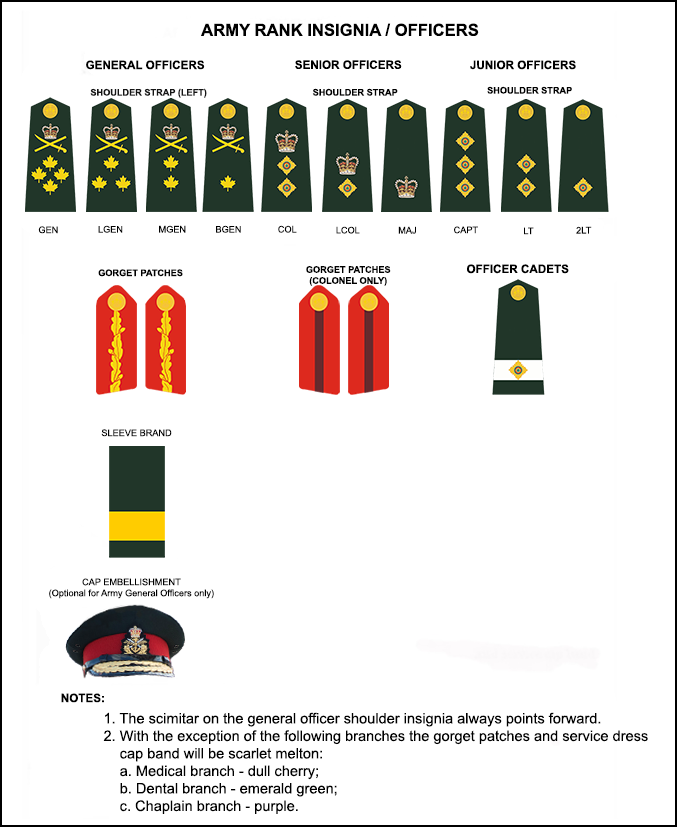
Figure 3-2-1 Army Officer's Rank Insignia
Description of Figure 3-2-1 Army Officer’s Rank Insignia
Shoulder straps show the Army officer’s rank insignia. The Army’s general officers, which in descending rank are General, Lieutenant-General, Major-General, Brigadier-General, affix the strap on their left shoulder. Each strap depicts a scimitar amid a crown at the top of the strap and at least one maple leaf and the bottom. An additional leaf appears on the strap with each rank, until all four are present for General. The scimitar on the general officer shoulder insignia always points forward.
The Army’s senior officers, Colonel, Lieutenant-Colonel and Major, also have a shoulder strap. It features a crown and has one military star added beneath it with each increase in rank.
The Army’s junior officers, Captain, Lieutenant, and Second Lieutenant, only feature military stars, numbering one to three, based on ranking.
The Army’s cadet officers’ shoulder strap is identical to that of the Second Lieutenant, except the single military star is situated in a white band across the bottom of the strap.
Gorget patches are scarlet melton and feature golden embroidery, except for colonels, where the embroidery is ruby.
The sleeve brand carries a single yellow band.
The embellishment on service dress caps is a coloured band above the brim and under the insignia on the cap. It is optional for Army General Officers. The band is scarlet melton, just like the gorget patches.
Note that the dress of three branches create an exception to scarlet melton on gorget patches and caps: Medical branch is dull cherry; Dental branch is emerald green, Chaplain branch is purple.
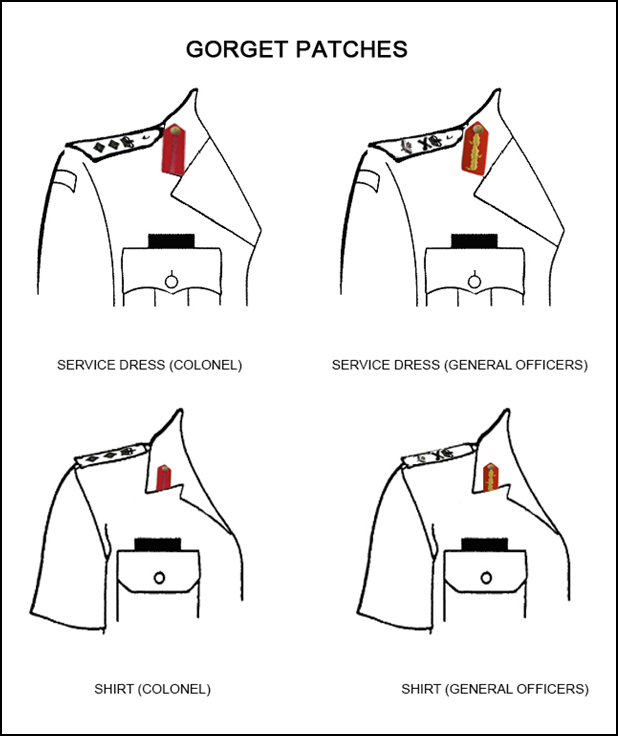
Figure 3-2-2 Gorget Patches
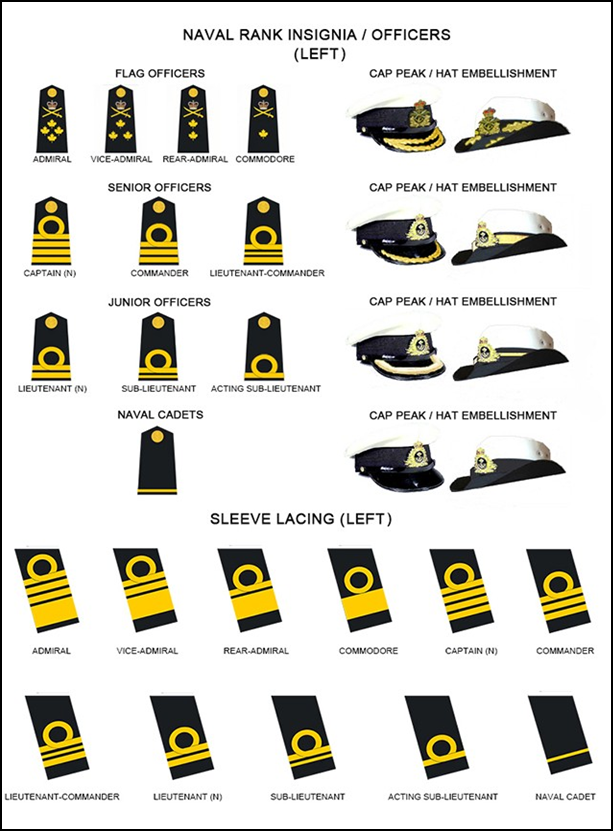
Figure 3-2-3 Navy Officer’s Rank Insignia
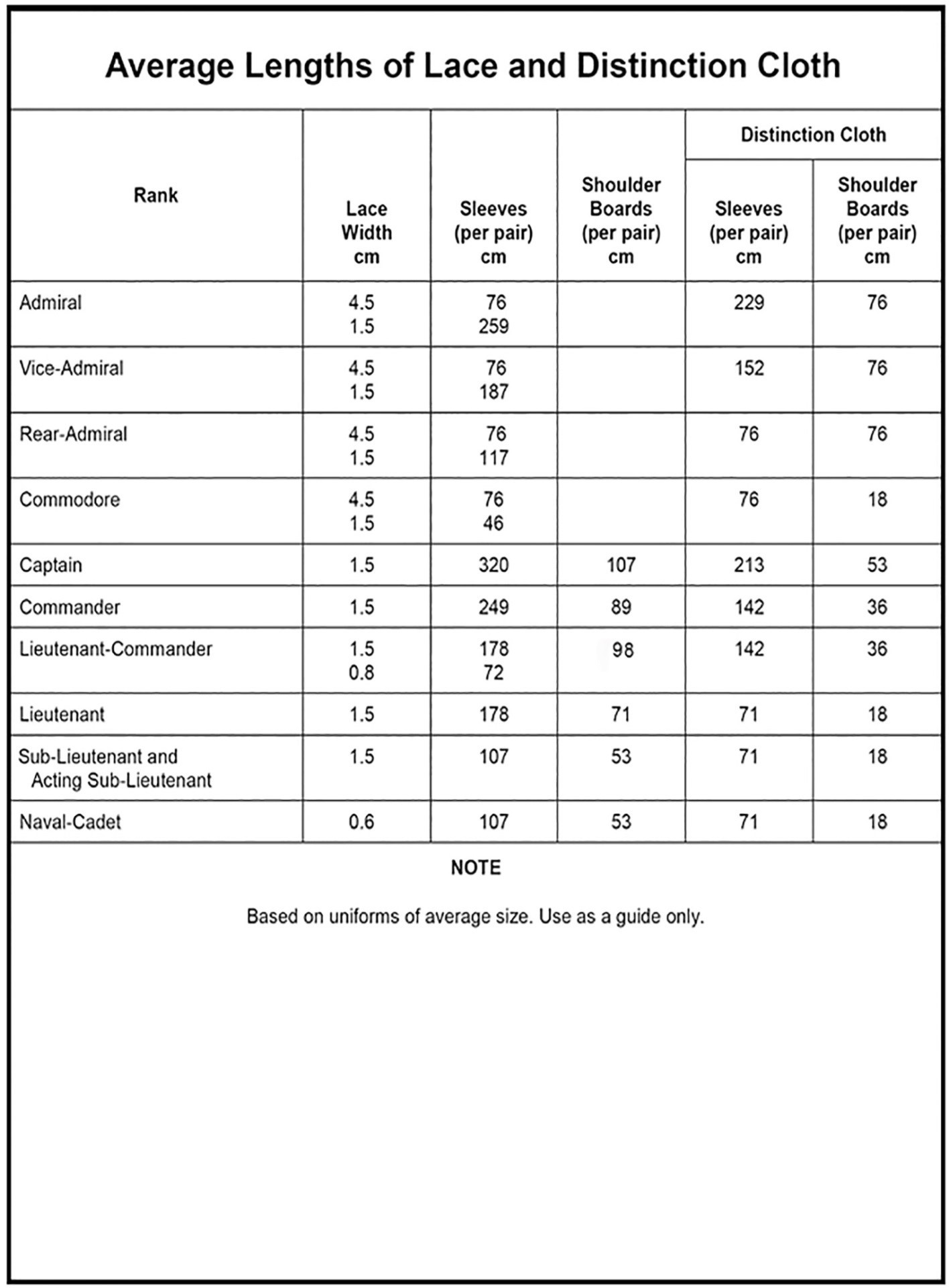
Figure 3-2-4 Average Lengths of Lace and Distinction Cloth
-
Long description of figure 3-2-4
Average Lengths of Lace and Distinction Cloth
Distinction Cloth Rank Lace Width cm Sleeves (per pair) cm Shoulder Boards (per pair) cm Sleeves (per pair) cm Shoulder Boards (per pair) cm Admiral 4.5
1.576
259- 229 76 Vice-Admiral 4.5
1.576
187- 152 76 Rear-Admiral 4.5
1.576
117- 76 76 Commodore 4.5
1.576
46- 76 18 Captain 1.5 320 107 213 53 Commander 1.5 249 89 142 36 Lieutenant-Commander 1.5
0.8178
7298 142 36 Lieutenant 1.5 178 71 71 18 Sub-Lieutenant and Acting Sub-Lieutenant 1.5 107 53 71 18 Naval-Cadet 0.6 107 53 71 18 NOTE: Based on uniforms of average size. Use as a guide only.

Figure 3-2-5 Air Force Officer’s Rank Insignia

Figure 3-2-6 Army NCM Rank and Appointment Insignia
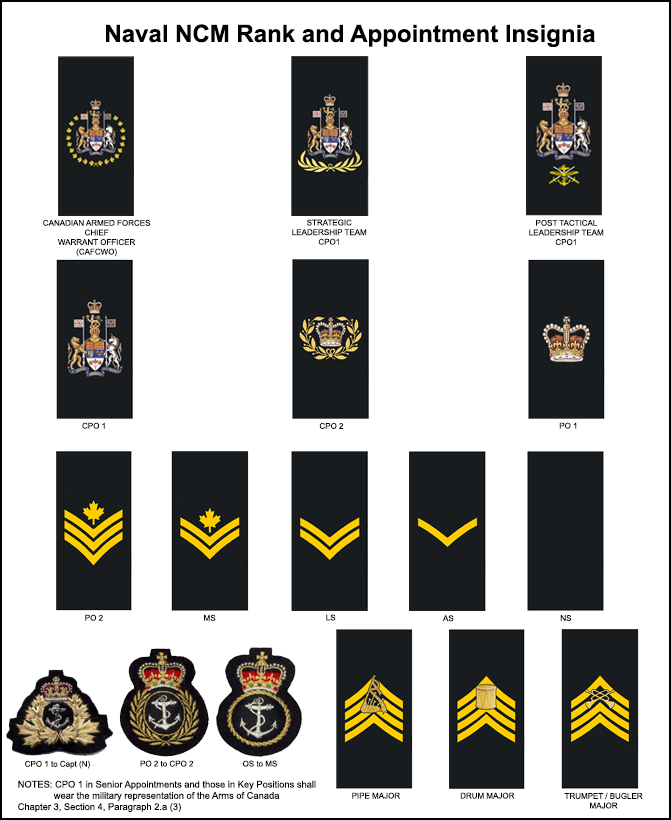
Figure 3-2-7 Naval NCM Rank and Appointment Insignia
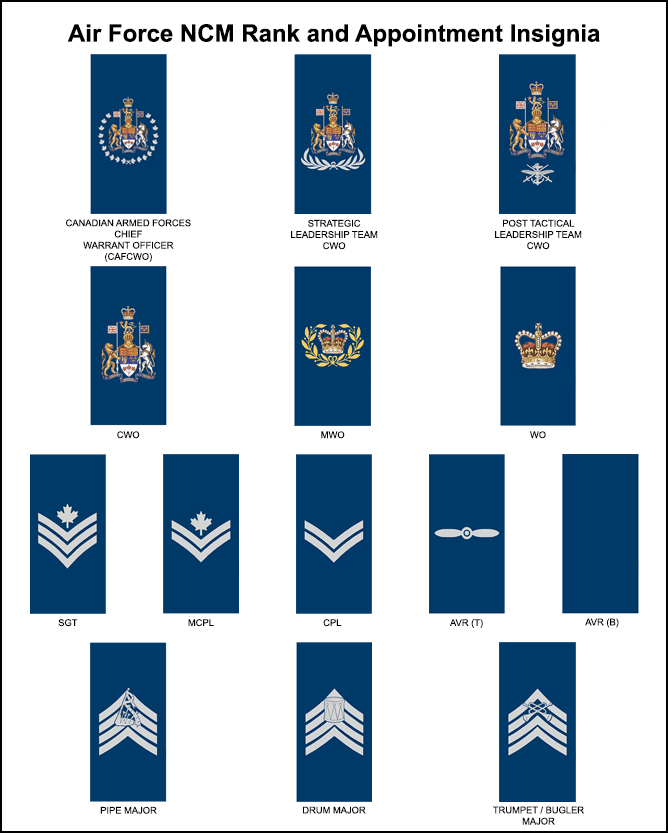
Figure 3-2-8 Air Force NCM Rank and Appointment Insignia
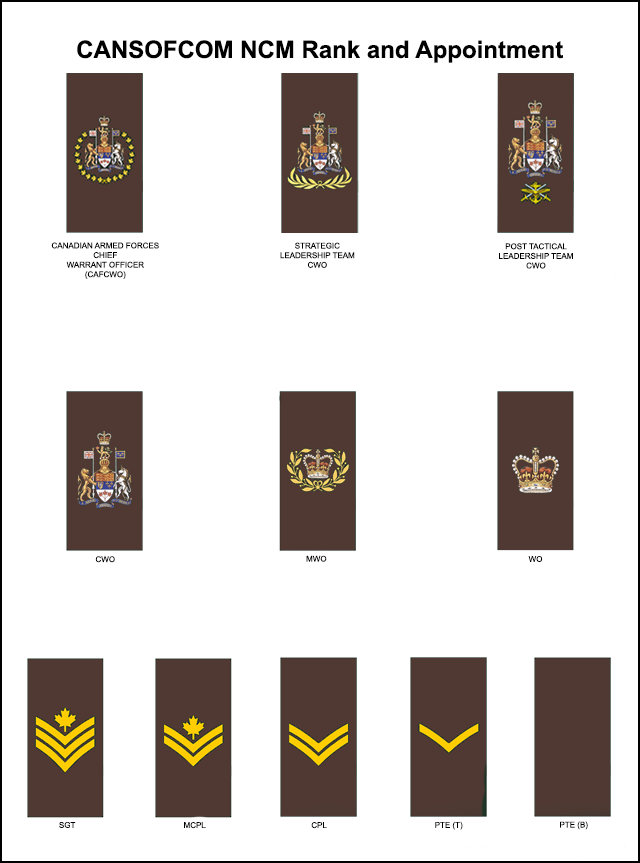
Figure 3-2-9 CANSOFCOM NCM Rank and Appointment Insignia